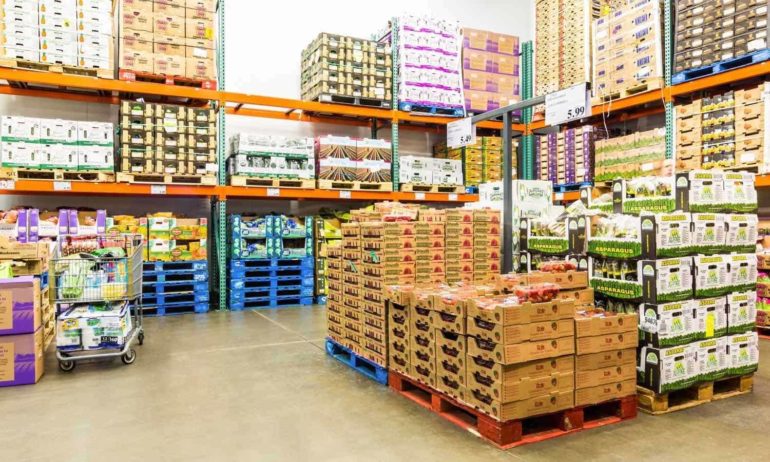The third wave of innovation in urban ag is upon us, and it’s all about supply chain and distribution.
The first wave of innovation demonstrated the potential to grow fruits and vegetables in the middle of cities. Worldwide, now 800 million people are doing it.
The second wave of innovation revealed the sweeping demand among low-income families for fresh produce. The US Department of Agriculture (USDA) reports that SNAP spending “at roadside farm stands, farmers markets, and directly from local farmers” reached nearly US$19 million in 2014, “a nearly six-fold increase since 2008.”
The next challenge is finding efficient ways to aggregate and distribute fresh produce to small-area geographies and to neighborhoods that lack sufficient density to attract traditional suppliers. In a world where we have digitized nearly every transaction and substituted virtual for personal transactions, the innovative solutions here will have an old-school look. There will be trucks, refrigerated warehouses, and personnel washing, bagging, and delivering food.
As I learned from my friend Jim Johnson, a logistics expert at Kenan-Flagler Business School, some human needs defy high-tech solutions.
“You can’t fax a loaf of bread,” Jim reminds me.
There is a special supply-chain challenge in Atlanta, GA, a municipality with about the same land mass as Detroit, MI (135 square miles) but only a fraction of the population of the Motor City, a place famous for its vacancies.
The issue came into bright relief last summer when the foundation where I work was providing technical assistance to a neighborhood grocer experimenting with new promotions of fresh fruits and vegetables. The owner wanted to stock more locally grown blueberries and strawberries. Customers wanted to buy the produce. But the store needed a quantity that wasn’t worth the time or effort of existing distributors; it was too far to drive for too little in sales.
Susan Pavlin believes there is a solution. In much the same way mini mills entered the business of steel production at a scale so small that the big steel producers assumed they could ignore the threat, Susan believes there is a market opportunity for an alternative aggregator and distributor of fresh produce in Atlanta.
She’s teamed up with Common Market, a Philadelphia nonprofit that has figured out aggregation and distribution in that city. Haile Johnston, co-founder of Common Market, is a gifted executive who manages to maintain an authentic interest in neighborhoods he serves while also tending to variables critical to scaling the business.
Founded in 2008, Common Market Philadelphia aggregates food “from about 75 regional producers and delivers 6 days a week to almost 150 public and private schools, colleges and universities, hospitals, workplaces, grocery stores, nonprofits, and faith institutions throughout the Delaware Valley.” Most important, the core business pays for itself.
Thanks to Michael Roberts at the 11th Hour Project, who spotted the opportunity to disseminate the Common Market innovation, Johnston has funding to begin developing a network of sites. Common Market Georgia is first in line.
On a recent visit to Atlanta, Johnston explained that he knew Common Market had real promise the first time he put in a wholesale bid for apples that he ultimately would deliver to youth organizations to serve as snacks. He ended up buying the apples for about US$4.50 per bushel. When he realized the usual retail price in the city was closer to US$25 per bushel, he could see a business model inside the delta.
Susan’s first customer for Common Market Georgia is the city school system in Decatur. From that starting point, there’s hope that Common Market can disrupt the status quo in food distribution in much the same way mini mills did with steel production. If so, our neighborhood grocers may yet get deliveries of blueberries and strawberries.













